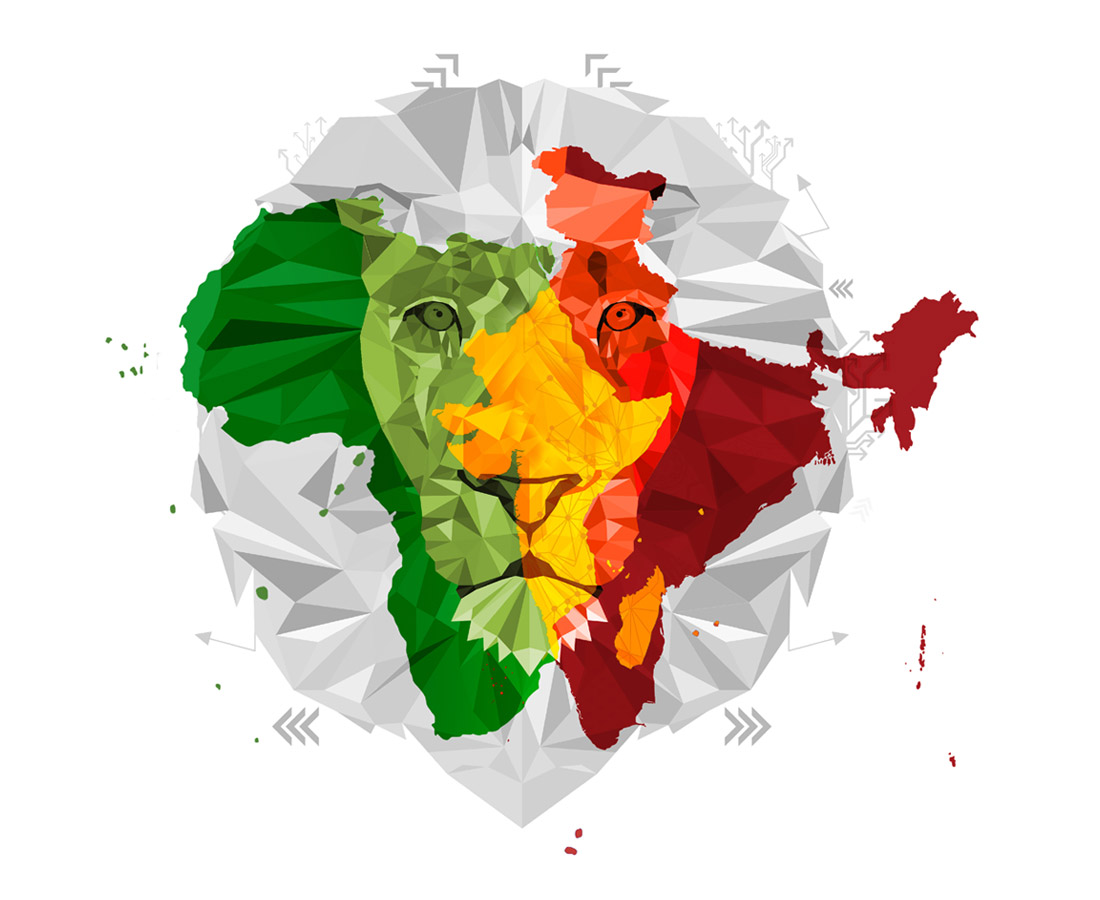The Indian economy is the second fastest growing major economy in the world. In terms of Purchasing Power Parity, the Indian economy is the third largest in the world.
Its gross domestic product is US $ 3.666 trillion. In 2003, economist at Goldman Sachs had predicted that by the economies of the BRIC (Brazil, Russia India and China) nations would overtake the US and Japan in wealth generation. They would also produce 40% of the world’s GDP If these predictions come true, India will become the world’s largest economies. Some reasons why this will be possible for India, ii an open society, public higher education skilled labor force proficient in English and computers.
Considering that India was a colonized country only six decades ago, such a grow only be termed phenomenal. Not so long ago India, in Western perceptions, was seen as a land of snake charmers and bullock carts. It was the IT boom which transformed India an overnight. IT giants like Infosys, Wipro Satyam, etc. helped put India on the world.
ADVERTISEMENTS:
The affluence generated by the growth swelled the Indian middle class which began to consume more products and services leading to an economic boom. Indian companies began to acquire foreign assets, with Tata snapping up Corus, Land Rover and Jaguar which was quite unheard of in the history of Indian corporate Dom. Several months after the global economic meltdown began, the investment bank, Nomura Group, declared that Indian companies are among the worlds healthiest.
At present, India is ranked No. 2 in the healthy nations’ list, along with Thailand and South Africa. This is because India has less toxic assets. Toxic assets are financial assets, the value of which has fallen heavily. It is therefore difficult to sell them off as there is no longer a market for them. India is also among the top nations having least toxic debt.
Indian films and culture added to India’s soft power. India’s emergence on the global radar was the result of many factors. Her pluralist, secular democracy has given room for deprived castes and ethnic communities to grow. Economic liberalization also opened the floodgates to massive investments.
ADVERTISEMENTS:
India has a vast pool of skilled labor, abundant natural resources and is the biggest exporter of software services and workers. Signing the historic nuclear deal with the US was a shot in the arm. Over 50% of Indians are below 25 years, a great advantage compared to countries like Japan where there are more old people than young which spells doom for its economic productivity.
Excellent roads, rail networks and air connectivity have revolutionized the transportation sector. India is also a major space power. India’s growth is the perfect example of the powerful synergies created by a healthy democracy, open society and a robust economy.

